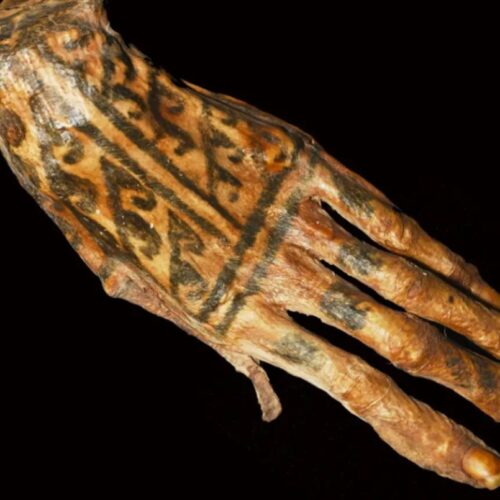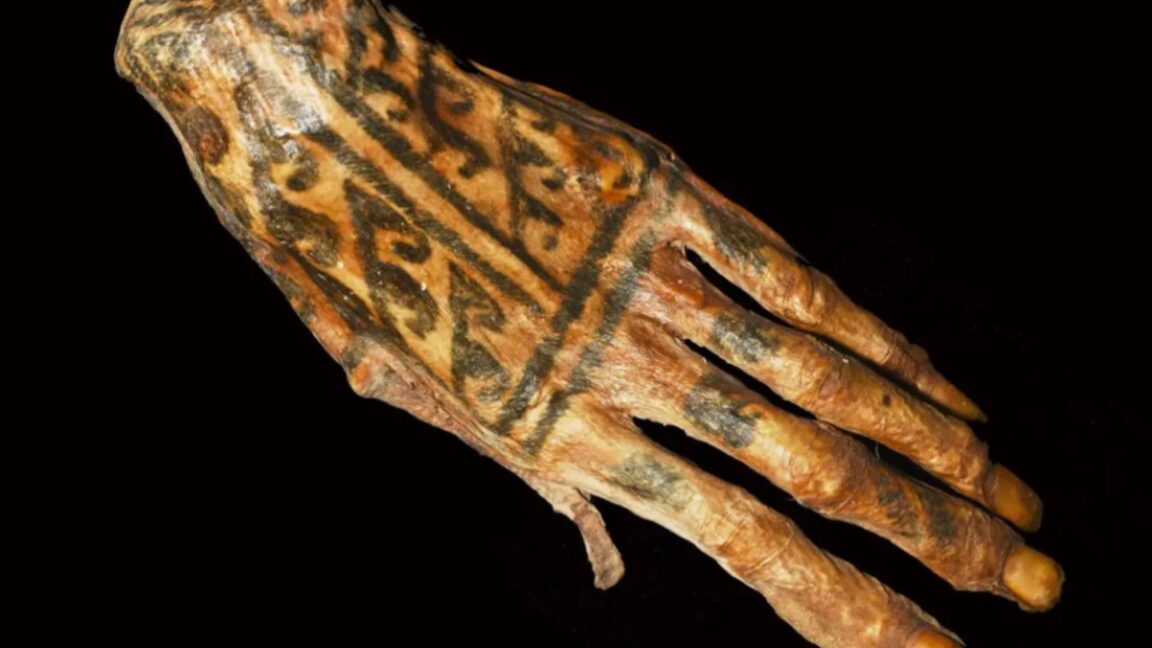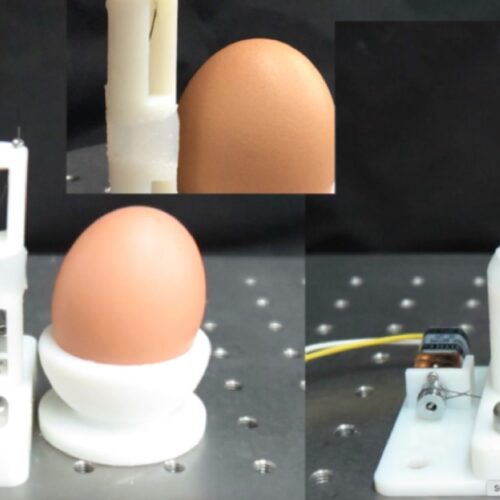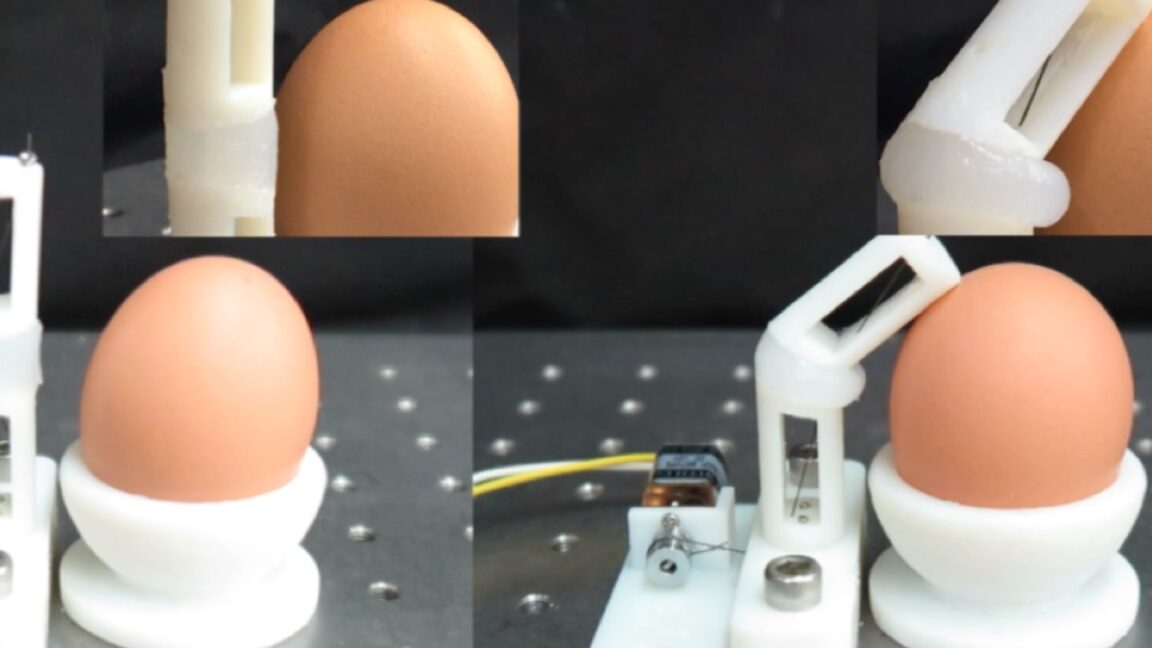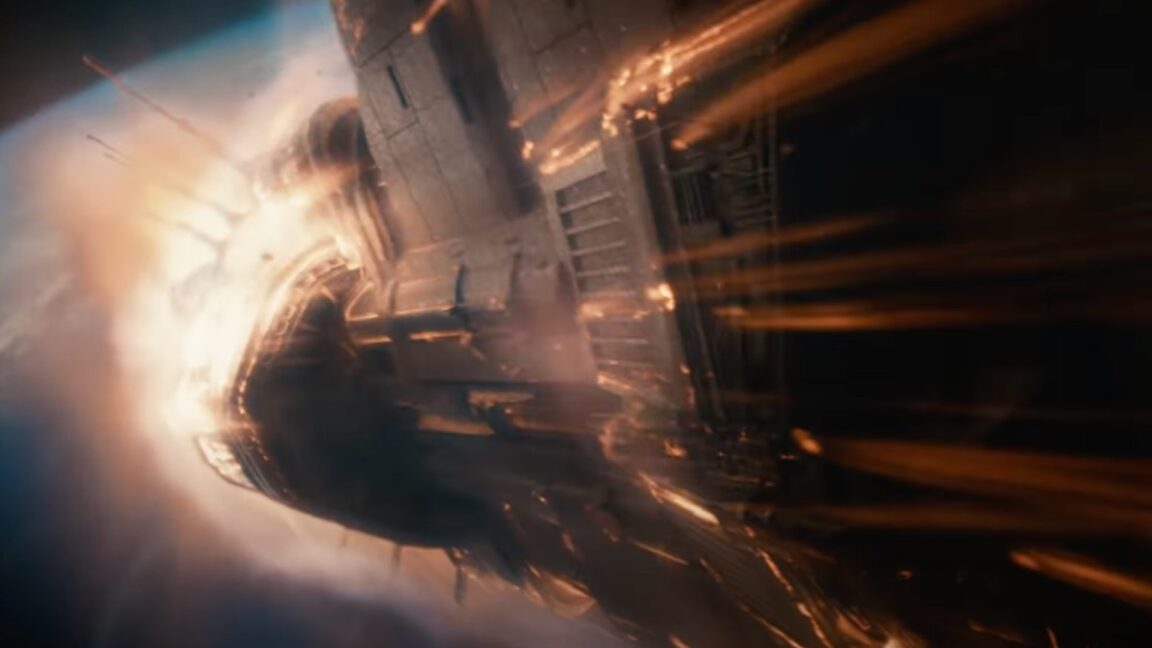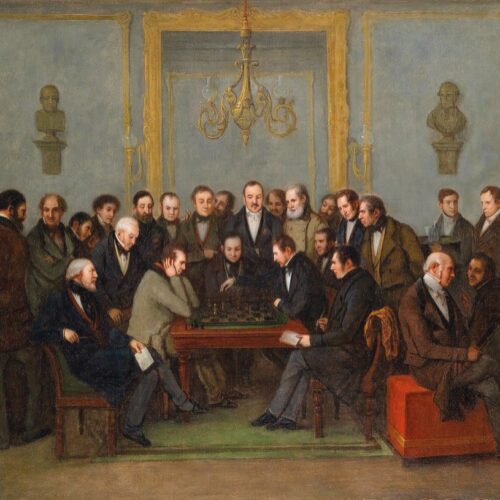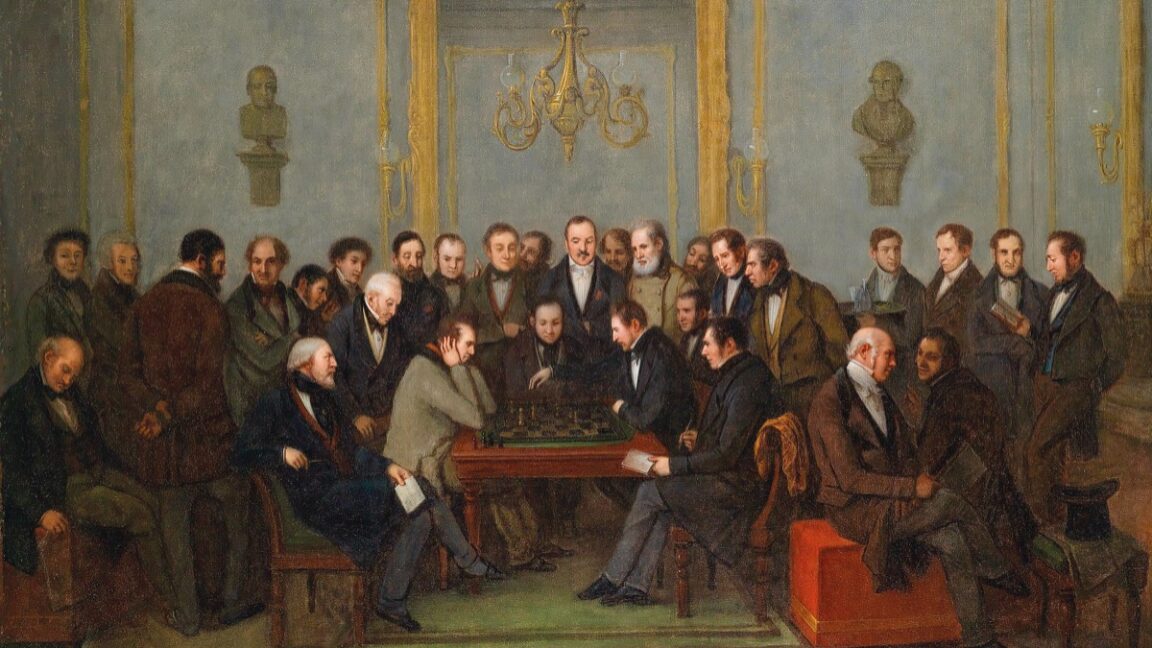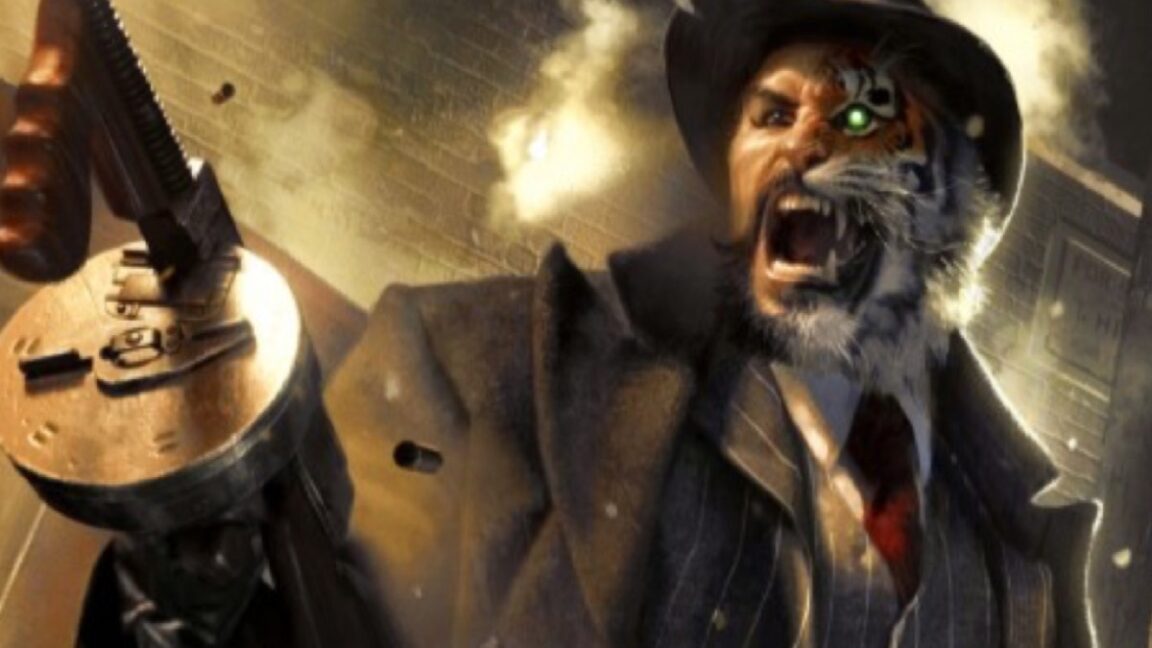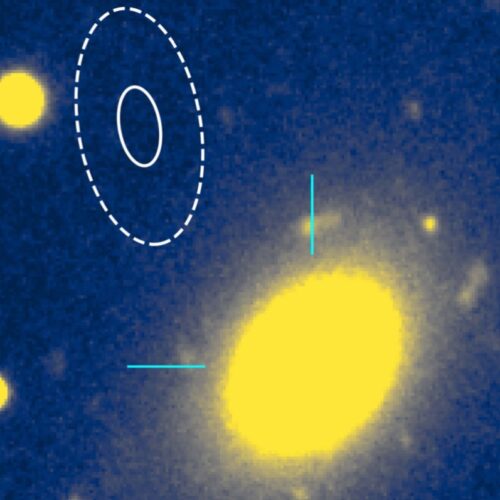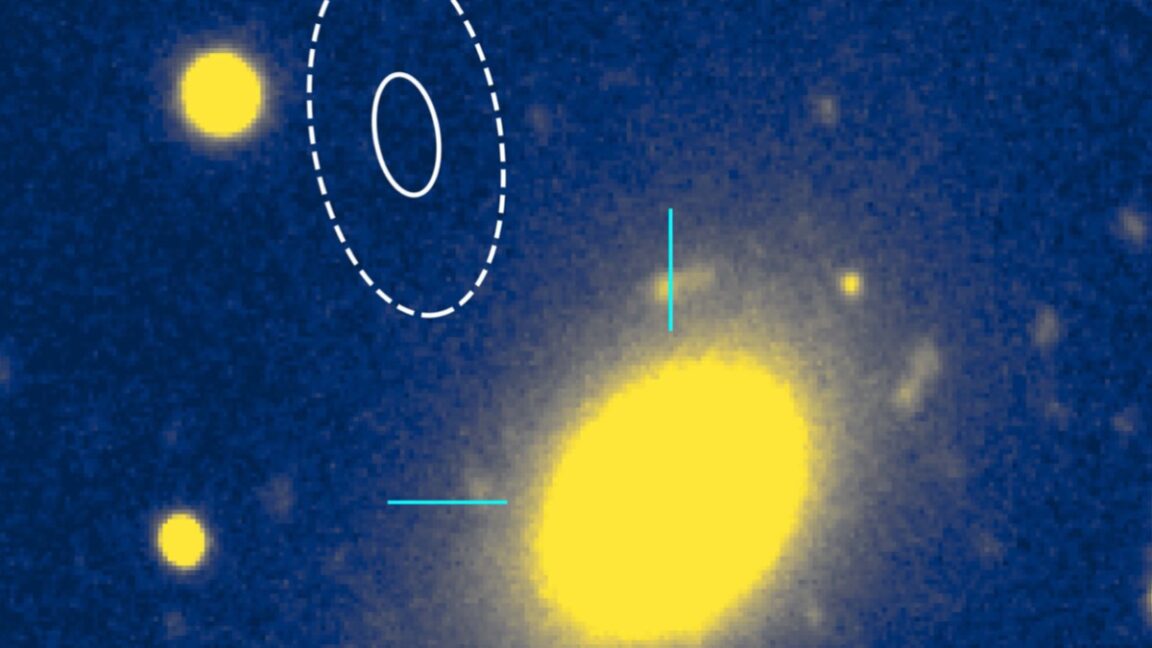“Bouncing” winds damaged Houston skyscrapers in 2024
On May 16, 2024, a powerful derecho swept through Houston, killing seven people and causing significant damage to several of the city's towering skyscrapers. Those buildings were constructed to withstand much stronger hurricane-force winds up to 67 meters per second, as one would get with a Category 4 hurricane. The derecho's winds peaked at 40 meters per second, well below that threshold. And when Hurricane Beryl hit Houston that July with roughly comparable wind speeds of 36 meters per second, the damage wasn't nearly so severe. Why would that be the case?
Engineers at Florida International University (FIU) in Miami think they've found the answer, according to a new paper published in the journal Frontiers in Built Environment. "We show that a type of highly localized strong winds called ‘downbursts,’ which were generated during the May derecho, can significantly impact tall buildings and facades due to their unique characteristics in comparison to hurricanes,” said co-author Amal Elawady. This is particularly the case for skyscrapers that are close together, creating a "wind-channeling" interference effect that increases pressure on walls and windows.
One might assume that hurricanes and derechos are similar in that they both produce markedly intense winds, but the origin and characteristics of those winds are very different, per the authors. Hurricanes are vast tropical storms that form over warm ocean waters and affect large areas, usually lasting for several days, accompanied by heavy rains, storm surges, waves, and yes, high winds. By contrast, derechos and downbursts are much more localized convective systems, producing hurricane-force winds but over a much smaller area and shorter period of time.


© National Weather Service/Public Domain






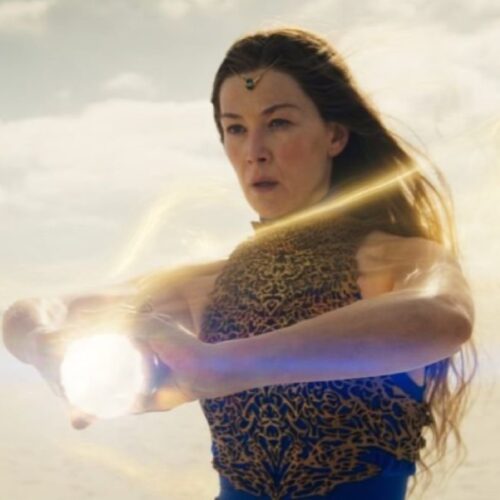
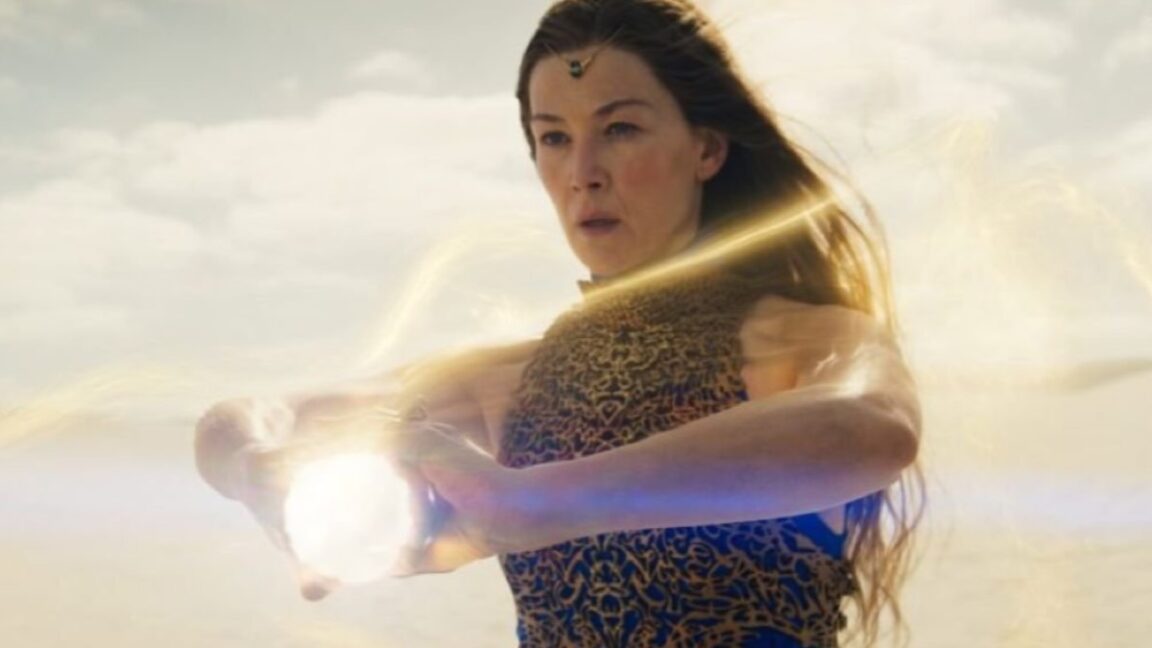
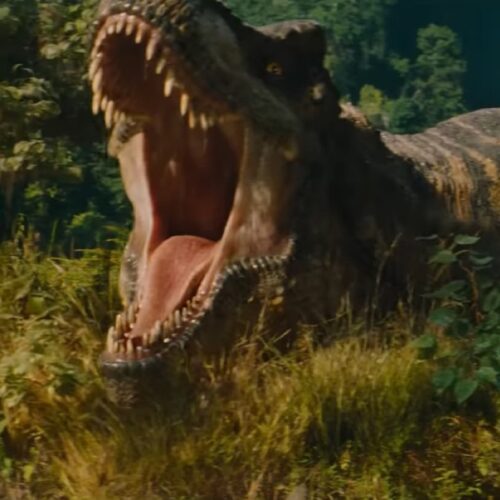
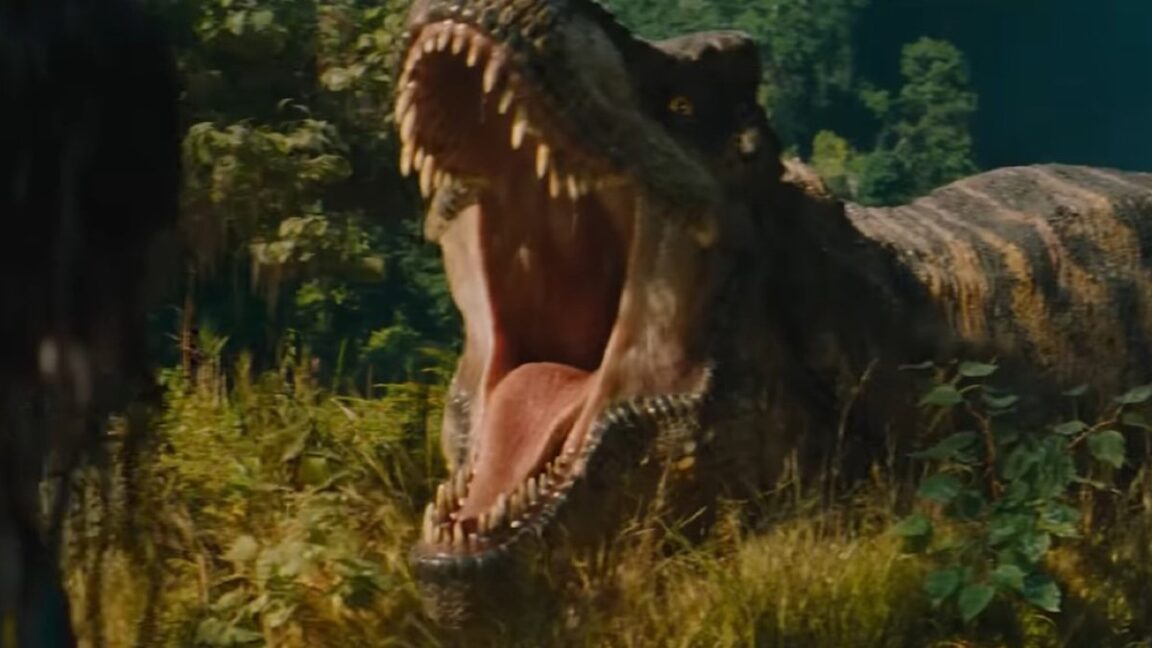


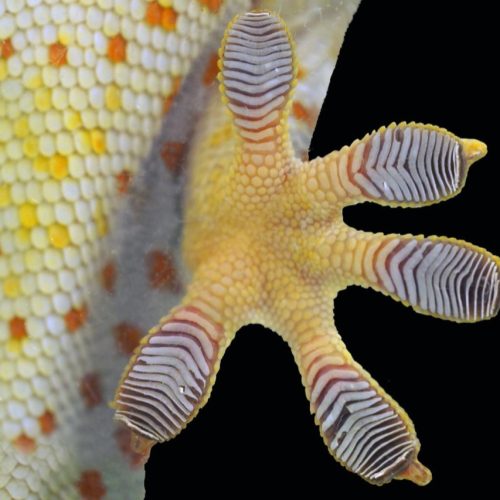




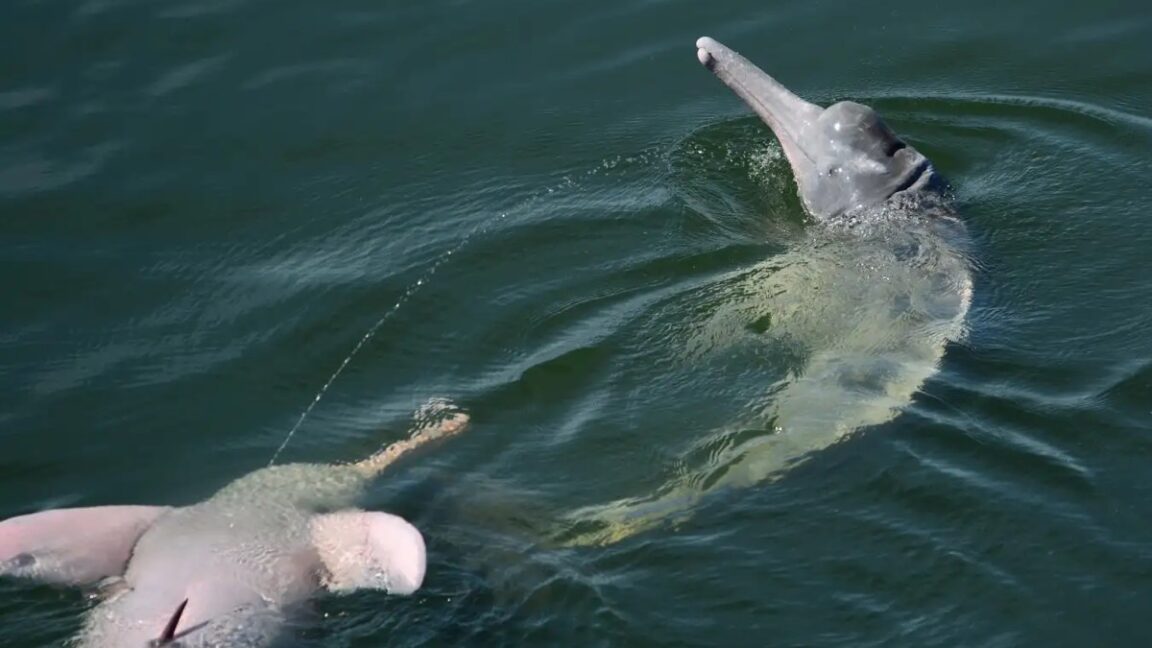


 Left: EHT images of M87* from the 2018 and 2017 observation campaigns. Middle: Example images from a general relativistic magnetohydrodynamic (GRMHD) simulation at two different times. Right: Same simulation snapshots, blurred to match the EHT's observational resolution.
Credit:
EHT collaboration
Left: EHT images of M87* from the 2018 and 2017 observation campaigns. Middle: Example images from a general relativistic magnetohydrodynamic (GRMHD) simulation at two different times. Right: Same simulation snapshots, blurred to match the EHT's observational resolution.
Credit:
EHT collaboration
